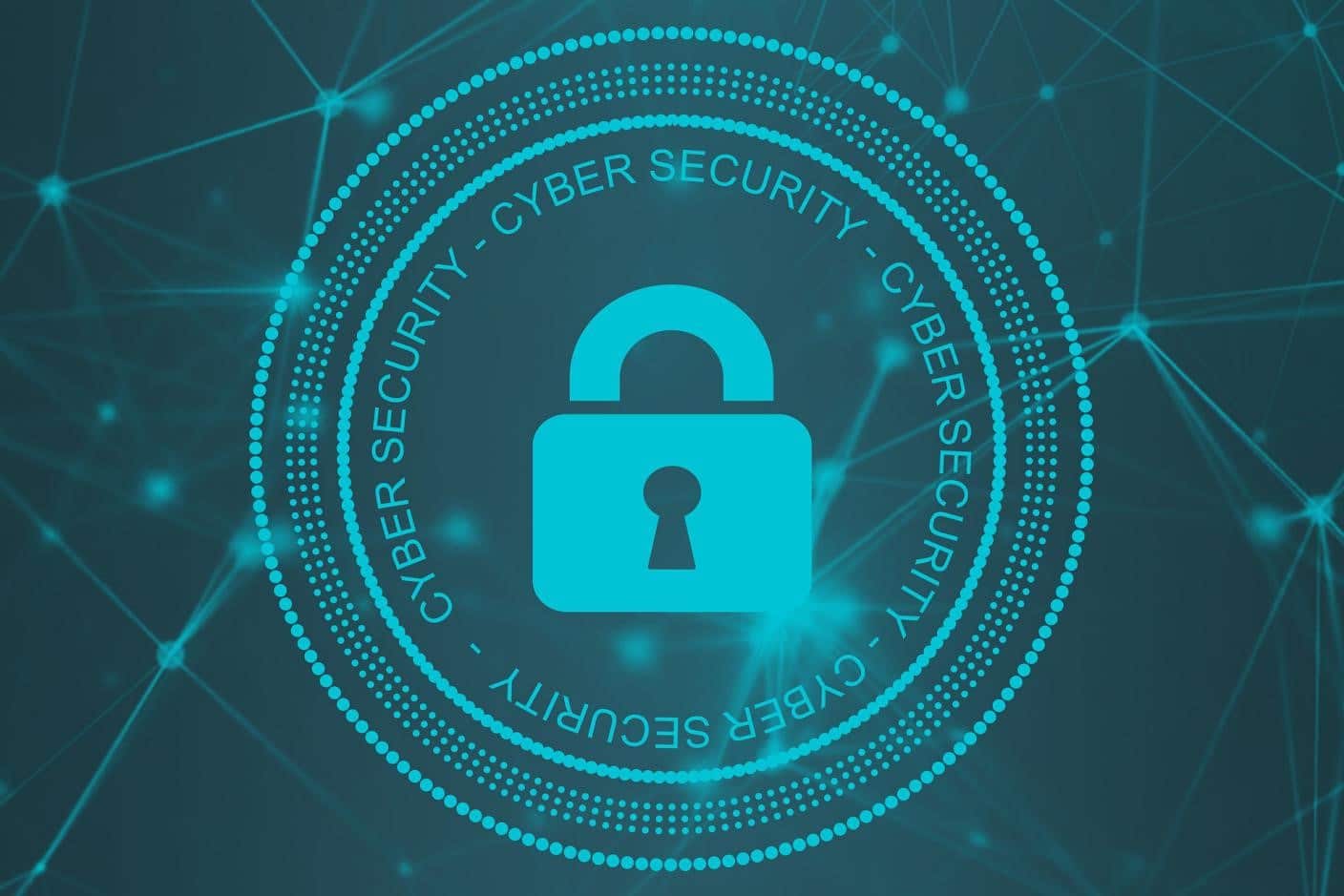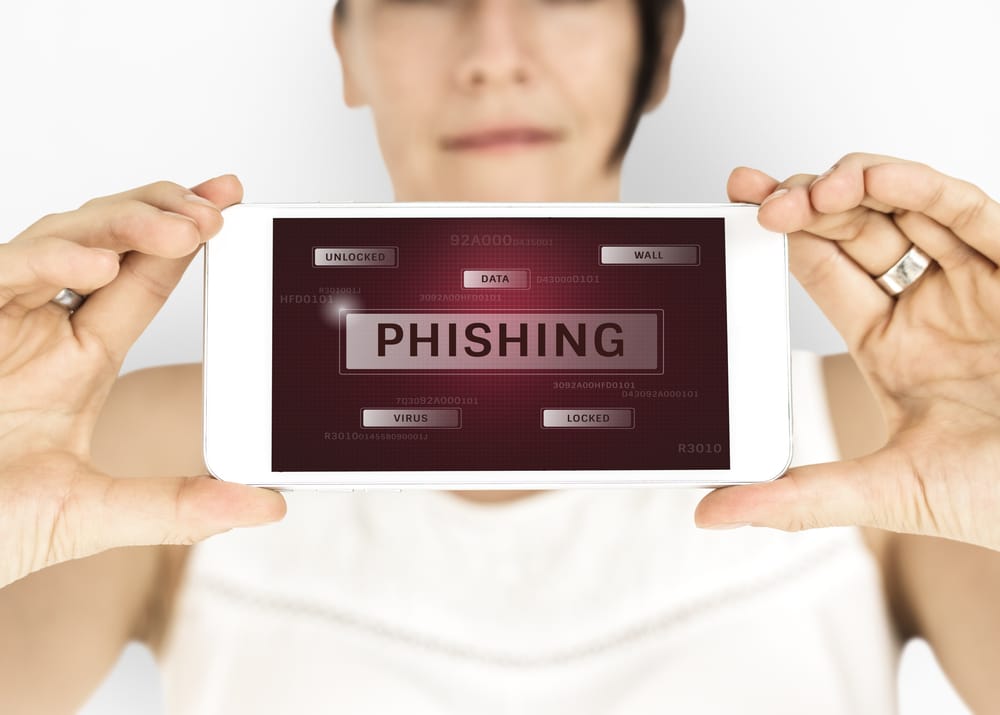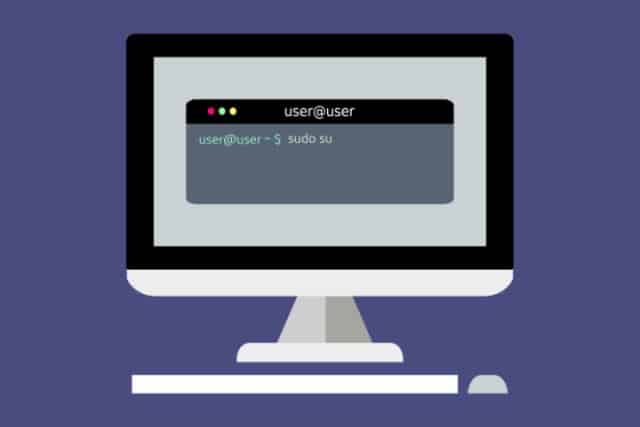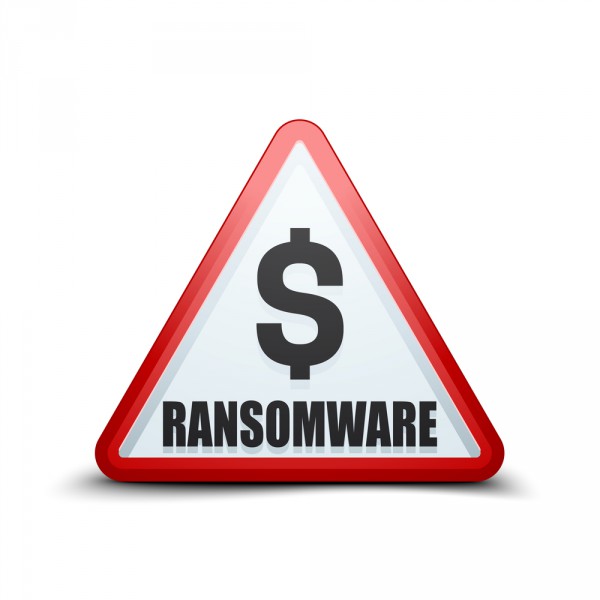
Industry expert views for Data Privacy Day
Depending on who you talk to today is either Data Privacy Day or Data Protection Day. But whatever you want to call it the idea is to focus attention on the importance of best practices for looking after sensitive information.
In the current environment with distributed workforces and more transactions taking place online, this is more important than ever. We've rounded up opinions from some leading industry figures on the current state of data privacy and what can still be improved.

7 essential cyber security tips for small businesses
Every year, cybersecurity becomes a bigger issue for businesses large and small. While computer experts and regular people are getting better at protecting their data, hackers and digital criminals are keeping up every step of the way.
A well-informed and bad-intentioned hacker could cause your business serious harm, engaging in such nefarious behavior as freezing your accounts, demanding a ransom, and stealing your customers’ sensitive personal data. In order to avoid these catastrophes, you need to do everything you can to beef up your cybersecurity operations. These days, failing to take these threats seriously is simply asking for trouble. Here are seven essential cybersecurity tips that can benefit any small business owner.

Human skills are essential to the success of SOCs
Security operations centers have become a key part of threat handling for many enterprises, but it's the human element that is key to success, according to a new report.
The SOC Skills Survey from training platform Cyberbit reveals that just 33 percent of respondents feel that HR understands the requirements needed to work in a cybersecurity team.

2020 mobile phishing trends
Phishing is nothing new, but the COVID-19 pandemic has seen an increase in attacks around the world as cybercriminals seek to exploit the opportunities offered.
Mobile security company Zimperium has produced an infographic looking at phishing trends with a particular emphasis on the mobile sector.

Sudo vulnerability could give attackers root access on Linux systems
Security researchers have revealed details of a vulnerability in Sudo that could be exploited by an attacker to gain root privileges on a wide range of Linux-based systems.
News of the security flaw was shared by Qualys, and it has been described as "perhaps the most significant sudo vulnerability in recent memory". Worryingly, the heap-based buffer overflow bug has existed for almost a decade. It is known as Baron Samedit, tracked as CVE-2021-3156, and affects various versions of Sudo.

New 'Digital Bunker' offers a managed private cloud for enterprises
For companies that deal in sensitive information, keeping data secure in the cloud and for remote working is a major challenge.
To help meet this TetherView is launching an innovative managed private cloud service called 'Digital Bunker' which offers a 'one-way-in and one-way-out' private cloud solution for enterprise customers.

Exposed IoT devices put enterprises at risk
Although they are intended to make our lives simpler, the proliferation of connected devices has thrown up new headaches and risks.
New research from RiskRecon and the Cyentia Institute has looked at exposed IoT devices within a dataset of 35,000 organizations and explores the related security problems.

CybelAngel helps uncover hidden risks from shadow IT
Digital risk protection platform CybelAngel has updated its offering to include asset discovery and monitoring in order to help businesses identify hidden risks.
It can uncover hidden, rogue or obscure devices and services existing outside of the security team's awareness and control. These shadow assets include file servers, cloud databases, connected industrial systems and IoT devices.

IObit Advanced SystemCare Ultimate 14 offers even greater protection against cyberattacks
Putting a computer online without adequate protection is simply asking for trouble. Even the most tech savvy user can fall victim to viruses, malware and other forms of cyberattack -- so security software is essential these days. In the latest update to its offering in this field, IObit has released Advanced SystemCare Ultimate 14.
With the coronavirus pandemic meaning that more people than ever are working from home, it has never been more important to keep your computer locked down against attack and infection. As well as offering a range of security and protection options for Windows users, the Advanced SystemCare Ultimate suite also provides a range of optimization tools and a selection of handy utilities to make day-to-day computer use easier, more secure and more pleasant.

Small security teams need to innovate to deal with threats
Companies with small security teams, generally SMEs, face a number of unique challenges which place them at greater risk than their larger enterprise counterparts.
This is among the findings of the 2021 CISO Survey of Small Cyber Security Teams from Cynet which also reveals that all of these companies are outsourcing at least some aspects of security threat mitigation in order to safeguard their IT assets.

Why the financial sector is especially vulnerable to cyberattacks [Q&A]
There's a famous quote attributed to career criminal William Francis Sutton Jr., when asked why he robbed banks he is said to have replied, "Because that's where the money is."
For today's cybercriminals the motivation to make money is much the same, so the banking and financial services sector is a prime target. We spoke to Paul Prudhomme, cyber threat intelligence advisor at IntSights to find out more about the threats the industry faces and how they can be addressed.

81 percent of financially motivated attacks are ransomware
Ransomware made up 81 percent of all financially motivated cyberattacks in 2020, according to a new report from Atlas VPN.
The remainder of attacks comprised a variety of approaches including point-of-sale intrusions, eCommerce attacks, business email compromise, and cryptocurrency mining.

2021 set to be the year of the vaccine scammers
The roll out of vaccines is seen as the light at the end of the tunnel of the COVID-19 crisis, but like any major event it's also an opportunity for scammers and cybercriminals.
Deep learning-powered fraud prevention company Bolster has released a new report which finds that leading indicators foreshadow a raft of COVID-19 vaccine scams.

2020 saw fewer data breaches but more records exposed
The number of publicly reported breach events decreased by 48 percent in 2020. However, more than 37 billion records were compromised, an increase of 141 percent.
A report released today by Risk Based Security reveals that this is by far the most records exposed in a single year since the company began reporting in 2005.

Millions of Nitro PDF users' passwords exposed in leaked database
It is a few months since Nitro PDF was hit by hackers in a huge data breach. While the stolen data was initially put up for sale, now it has been made available free of charge.
What this means is that a database containing over 77 million user records is now freely available for just about anyone to download. The database weighs in at around 14GB and includes not only names and email addresses, but also passwords.
